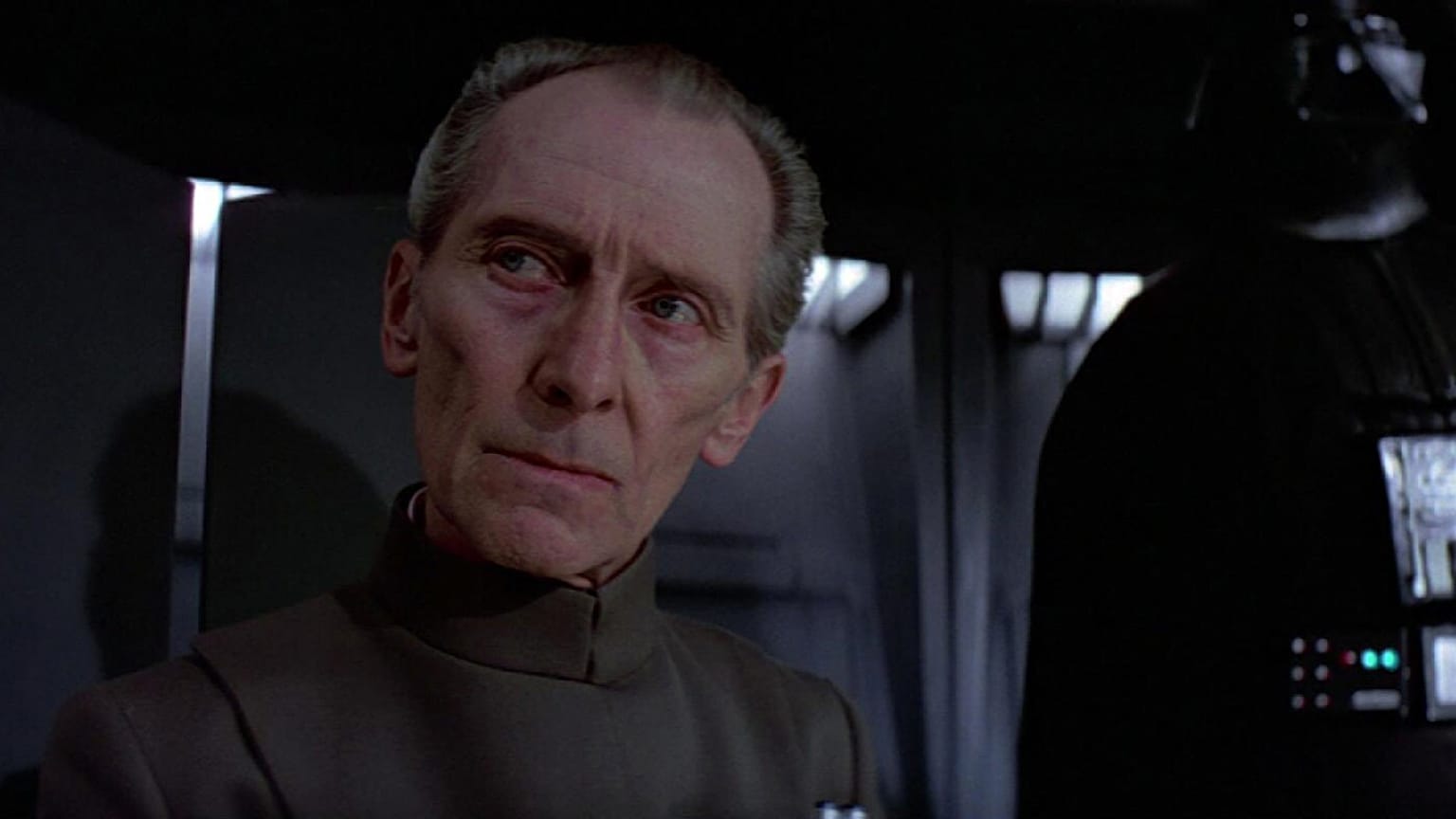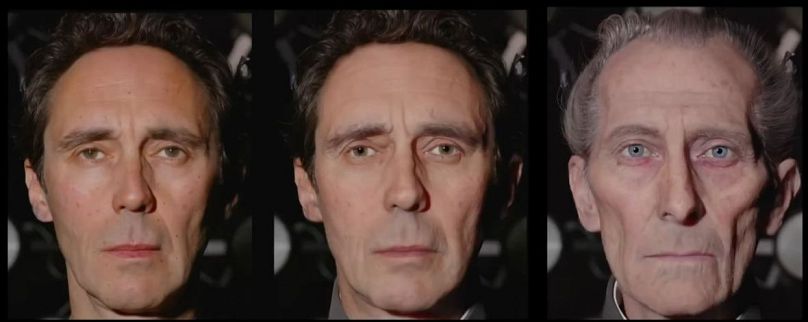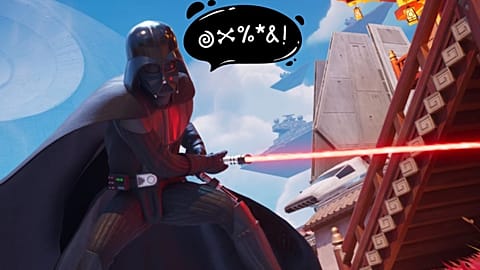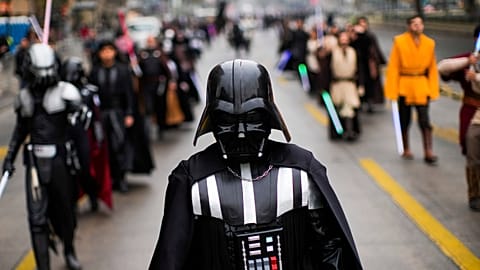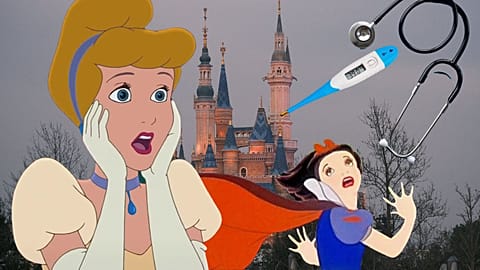A film producer is suing Disney for using Peter Cushing's likeness in a Star Wars film, 22 years after his death.
The use of actor Peter Cushing’s likeness in Rogue One, 22 years after his death, is being challenged legally by his friend, in a case which could impact how films use the images of deceased actors.
Peter Cushing is most widely known for his appearance in the original 1977 Star Wars film as Grand Moff Tarkin. The imposing British actor’s gravitas in the role made him a fan favourite and when Disney produced Rogue One: A Star Wars Story, a prequel to the events of the 1977 film, he was an obvious character to bring back.
Cushing died in 1994 aged 81, so Disney digitally resurrected the character by using CGI to put Cushing’s face on body double actor Guy Henry in 2016.
Now, the film producer and friend of Cushing, Kevin Francis, has filed a legal challenge against the Disney Group for digitally resurrecting the actor’s likeness. Francis’ suit claims that actor had not agreed for anyone to reproduce his appearance without his permission.
Yesterday, the Disney Group failed to have this claim thrown out by the High Court in London, where Francis filed the suit.
Francis’ company, Tyburn Film Productions, is not just suing Disney, but also LucasFilm, which owns the rights to the Star Wars franchise, Lunak Heavy Industries, which produced Rogue One, and Cushing’s agency and estate’s now-deceased executors.
In 2016, Disney did not believe that it required permission to recreate Cushing’s performance due to the terms in the contract for the 1977 film. Then, the production company paid Cushing’s estate around €33,000 for the use of his appearance.
Arguing against this, Francis has a signed agreement by the actor from 1993 when the pair were making the television film A Heritage of Horror that says Cushing’s image was not allowed to be used without Francis’ permission.
On this basis, the High Court denied Disney’s application to dismiss the case on Monday. Judge Tom Mitcheson noted that he is not “persuaded” that Francis will win his case, but that he was “also not persuaded that the case is unarguable to the standard required to give summary judgement or to strike it out.”
“In an area of developing law it is very difficult to decide where the boundaries might lie in the absence of a full factual enquiry.”
Disney has regularly used digital effects to continue performances. Carrie Fisher appeared in Star Wars: The Rise of Skywalker three years after her death in 2016 through CGI and unused earlier footage. James Earl Jones, who died aged 93 this week, had already been digitally replaced with the company switching to an artificial version of his iconic Darth Vader performance for a 2022 Disney+ Star Wars TV series.
Actors have long had their performances brought back after their deaths through special effects. However, with the proliferation of AI tools in filmmaking, the ease of recreating a deceased actor’s likeness is likely to increase.
In response to this evolving technology, the state of California has now passed a law that requires consent from performers for AI to use their likeness after their deaths.















